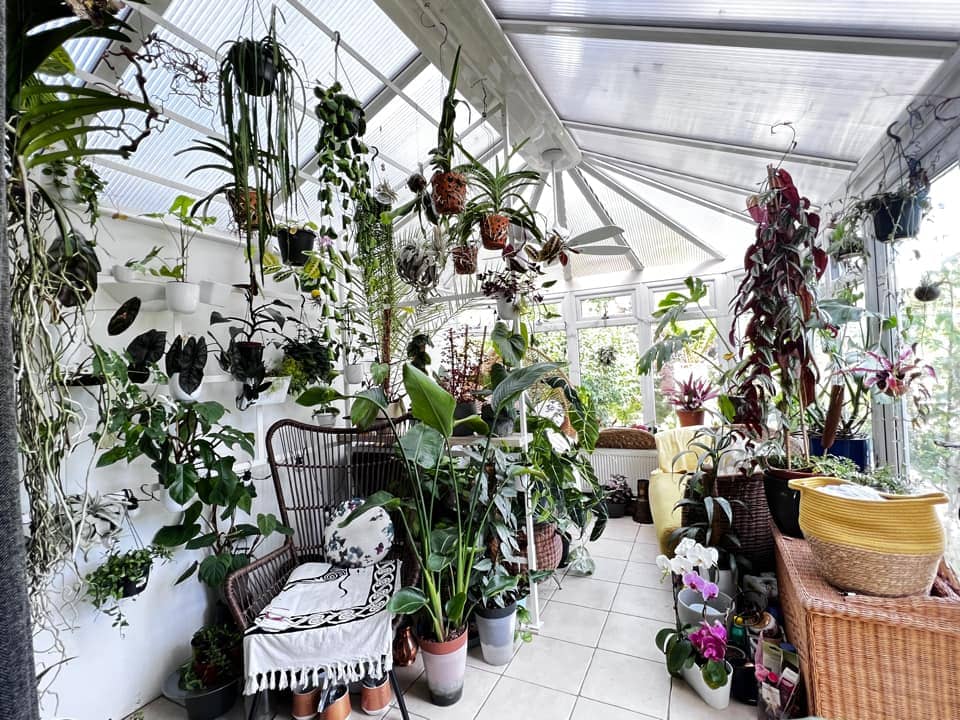There are a variety of factors to consider when choosing the best hanging indoor plants for your home.
Light conditions, for example, are important to consider – some plants prefer bright light while others do better in lower light. Water needs also vary from plant to plant, so be sure to research each species before making your final decision. Other things to keep in mind include the overall size of the plant (some can get quite large!) and whether or not it is toxic to pets or children.

With all of these factors in mind, some of the best hanging indoor plants include;
- Spider plants
- Peperomia
- Ceropegia woodii (String of Hearts)
- Tradescantia (inch plant)
- Epipremnum aureum (Devil’s Ivy)
- Philodendron
- Maidenhair Fern
- Dischidia nummularia (String of Nickels)
- Tillandsia (Air Plant)
- Hoya linearis
- Christmas Cactus
These plants are all relatively easy to care for, can tolerate a wide range of light conditions, and are non-toxic to pets and children.
How to care for your hanging houseplants
Indoor hanging plants are a great way to add a touch of nature to your home. They can brighten up a room and purify the air. But they can also be a bit of a challenge to care for. Here are some tips to help you keep your indoor hanging plants healthy and happy:
- Make sure they have enough light. Hanging plants need bright, indirect light to thrive. If you don’t have a lot of natural light in your home, you can use grow lights.
- Water them regularly. Indoor plants should be watered every week or so. Check the soil to see if it’s dry before you water.
- Fertilize them monthly. Use a balanced fertilizer that’s specifically designed for indoor plants.
- Prune them as needed. Remove dead leaves and stems as they occur. This will help your plant stay healthy and looking its best.
How to display your hanging plants
There are a few things to keep in mind when displaying indoor hanging plants.
First, consider the plant’s natural habitat. If the plant originates from a tropical climate, it will need more light and humidity than a plant from a temperate climate.
Second, think about the plant’s growth habit. Vines and climbers will need something to cling to, so make sure you have a trellis or other support in place.
Third, take into account the plant’s watering needs. Some plants do not like to have their leaves wet, so it is important to water from the bottom, using a drip tray or self-watering pot.
Fourth, choose a location with good air circulation. Hanging plants can be susceptible to pests and diseases, so it is important to keep the leaves dry and free from stagnant air.
Finally, don’t forget to fertilize regularly. Indoor plants can be heavy feeders in the growing season, so make sure to give them the nutrients they need to stay healthy and thrive.
So, whether you’re looking for a low-maintenance option or a plant that will make a statement, one of these is sure to be a good fit for your home. With a little care, your indoor hanging plants will thrive. Enjoy the natural beauty they bring to your home!
